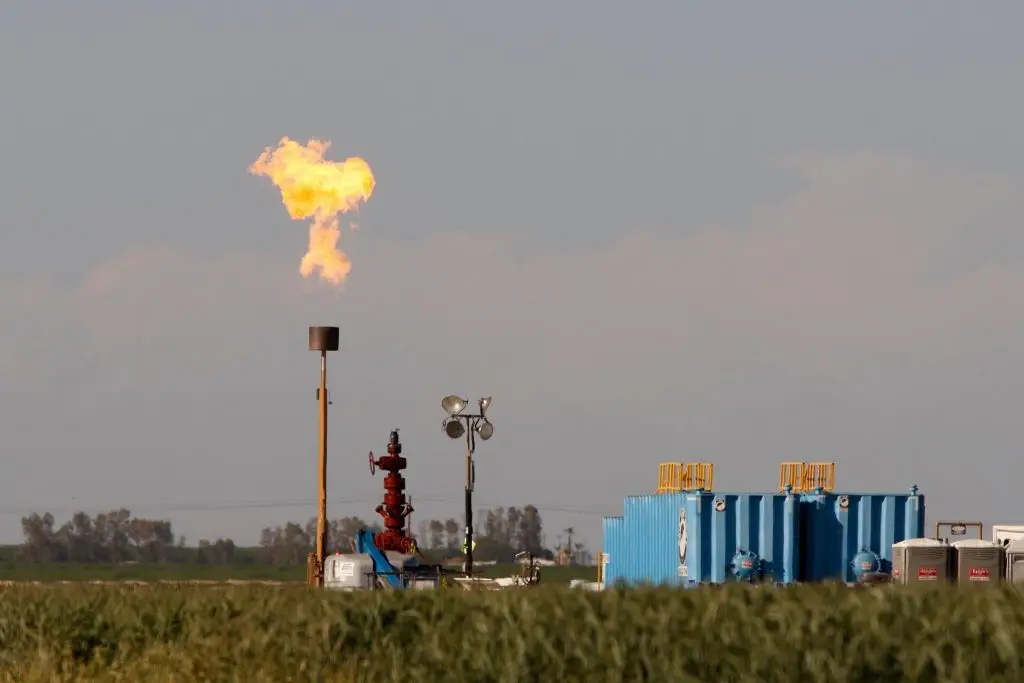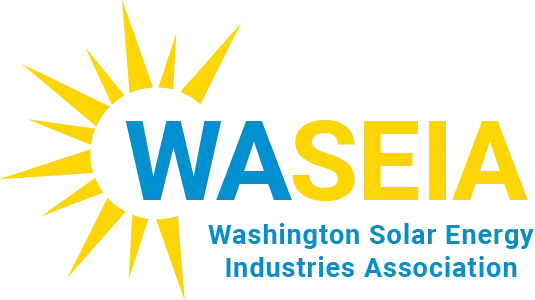
In 2007 the U.S. was running out of natural gas and plans were being put into place to import Liquified Natural Gas (LNG). Sempra Energy took delivery of their first ‘slug’ of LNG from a terminal located in Mexico, and it looked as though LNG was the future – that is, until hydraulic fracturing (fracking) was shown to unlock gas trapped in shale strata.
This technology turned U.S. gas production around in short order, but the downside was that previously bucolic countryside suddenly became industrialized, as shown in the film ‘Gasland‘, produced by Josh Fox in 2010. In that documentary, Fox traveled across the country and ended up in the Green River basin in Wyoming, a major source of gas for Puget Sound Energy. In the gas fields the air was so toxic from condensate tank vents and leakage that he had to wear a gas mask to keep from getting sick, prompting the iconic poster of Fox wearing the mask while playing his banjo. In 2011 Puget Sound Solar openly questioned why natural gas was being touted as the ‘bridge to renewables’ when the fracking, production, storage, and transportation of gas was clearly creating a new set of problems nationwide.
Now methane (natural gas) leakage is being measured over gas fields and tank farms in quantities that are alarming, from 1% – 10% of gas produced. Methane has 84 times the global warming potential of CO2 in its first couple of decades in the atmosphere which has dire consequences, as outlined in this article by Bill McKibben in the Nation Magazine.
24% of PSE’s electricity is generated by natural gas, and 35% by coal. If you count methane leakage, they are both equal contributors to climate change. There are 770,000 PSE gas customers as well, burning gas for heating, water heating, cooking, and industry. It’s time for us to get over the idea that we can use gas as a bridge to renewables; the facts do not support that notion. Instead, let’s put our effort into making renewable energy dispatchable and reliable. It’s the least we can do for our planet.


